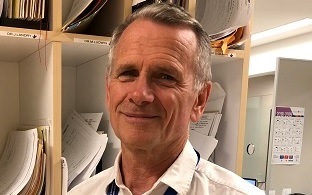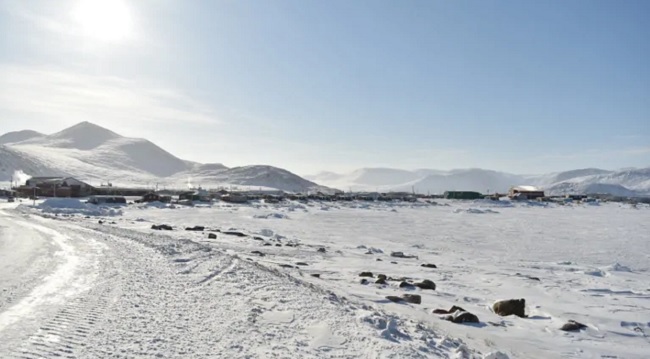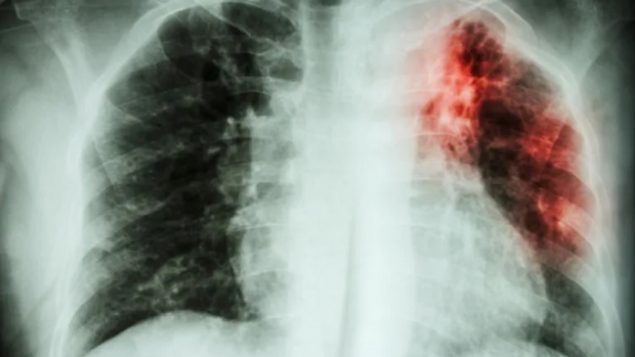The World Health Organization says TB is the world’s deadliest infectious disease which infected 10 million people in 2017 and killed 1.6 million. The disease is caused by bacteria, is contagious and predominantly affects the lungs.
World leaders meeting at the United Nations General Assembly have committed to mobilise $13billion US per year by 202s2 for prevention and care of TB and a further $2B US annually for research.

Dr. Dick Menzies says TB is tenacious and difficult to treat. He explains why it is particularly prevalent among indigenous people in Canada.
Listen“It’s a pretty tenacious disease. It takes six months minimum to treat it. So, that alone is challenging,” says Dr. Dick Menzies, a respirologist with the McGill University Health Centre and a researcher at the McGill International TB Centre. “It’s difficult to diagnose especially because often people are quite contagious by the time they are diagnosed so there’s already been a fair amount of spread. It’s not easy to prevent…We don’t have a very effective vaccine.”
Added to that, some strains of TB have become resistant to antibiotics and not enough new ones are being developed to keep up with the disease.

In the remote hamlet of Qikiqtarjuaq in northern Canada, 10 per cent of the 600 residents are infected with active or latent tuberculosis.(Nick Murray/CBC/file photo)
TB in Canada more prevalent among newcomers, indigenous people
While TB is much more prevalent in developing countries, every country on every continent has cases. In Canada in 2016, there were 1,700 patients with active tuberculosis. There is a much higher incidence of the disease among newcomers from countries where there is a lot of TB and among indigenous peoples, particularly in the far north.
As to why so many indigenous people in remote northern communities are affected, Menzies says: “It’s a million-dollar question because it’s not completely clear.” He said TB is a disease of poverty, of vulnerable populations, of people in poor health and who are malnourished and it occurs in crowded conditions. These are all conditions that frequently affect indigenous people. Also, because communities are often remote, residents often do not have access to the same health care services that are available in southern communities.
‘It’s a solvable problem,’ says doctor
Menzies lauds the Bill & Melinda Gates Foundation for spending millions of dollars in the fight against TB. He says “the outlook is good” in the battle and that renewed investment in public health and research are needed. “I think it’s a solvable problem. We just need to…turn our attention to it again. People really have forgotten about it thinking it’s gone. But it’s far from gone.”







For reasons beyond our control, and for an undetermined period of time, our comment section is now closed. However, our social networks remain open to your contributions.